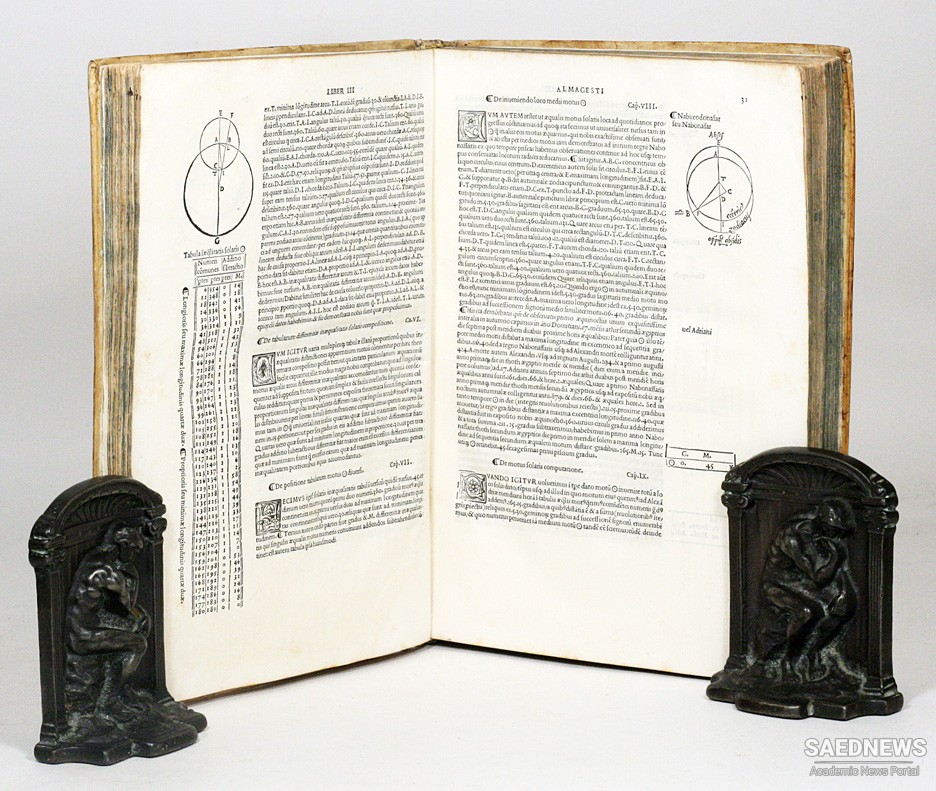\Abu Nasr Mansur was a native of Gilan which is mentioned in The Regions of the World, a Persian geography book of 982. His family, the Banu Iraq, were rulers of Khwarazm the region adjoining the Aral Sea, and it was in this region that Abu Nasr Mansur studied and became a disciple of Abu'l-Wafa. Abu Nasr Mansur was teaching in this area when he first began his association with al-Biruni whom he taught from about 990. This began an important collaboration which was to go on for many years.
The end of the 10th century and beginning of the 11th century was a period of great unrest in the Islamic world and there were civil wars in the region in which Abu Nasr Mansur was living. Khwarazm was at this time part of the Samanid Empire which ruled from Bukhara. Other states in the region were the Ziyarid state with its capital at Gurgan on the Caspian sea. Further west the Buwayhid dynasty ruled over the area between the Caspian sea and the Persian Gulf, and over Mesopotamia. Another kingdom which was rapidly rising in influence was the Ghaznavids whose capital was at Ghazna in Afganistan.
In 995 the Banu Iraq, of which Abu Nasr Mansur was a prince, was overthrown in a coup. It is not clear what happened to Abu Nasr Mansur at this stage but certainly his pupil al-Biruni fled at the outbreak of the civil war. It seems that Abu Nasr Mansur was, some little time later, employed at the court of Ali ibn Ma'mun and remained at the court when his brother Abu'l Abbas Ma'mun succeeded him. Both these brother married sisters of the ruler Mahmud from the powerful state at Ghazna which would eventually take control of Ma'mun's kingdom.
Both Ali ibn Ma'mun and Abu'l Abbas Ma'mun were patrons of the sciences and supported a number of top scientists at their court. Not only did Abu Nasr Mansur work there but from about 1004 al-Biruni also worked there, renewing the collaboration between him and his teacher. The wars in the region, however, were to disrupt the scientific work of Abu Nasr Mansur and eventually he and al-Biruni left in about 1017. Mahmud was extending his influence over the region from his base in Ghazna and made a demand of Abu'l Abbas Ma'mun in 1014 to have his name inserted into the Friday prayers. This was a signal that he wanted an end to Ma'mun's rule and for the region to come under his control. After Ma'mun had at least partially agreeded to Mahmud's demands, he was killed by his own army for what they considered to be an act of treachery. Following this Mahmud marched his army into the region and gained control. Both Abu Nasr Mansur and al-Biruni seem to have left with the victorious Mahmud. It seems that Abu Nasr Mansur spent most of the rest of his life at Mahmud's court in Ghazna.
Abu Nasr Mansur is perhaps most famous for his collaboration with al-Biruni. Certainly Abu Nasr Mansur worked on many topics as a result of requests from al-Biruni and a total of twenty-five works are known to have been written by him. It is possible that in this list of twenty-five two names of works that have come down to us are different titles for the same work while another title may refer to a fragment of a larger work (in which case there are only twenty-three). Seventeen works have survived and they show that Abu Nasr Mansur was an extremely able astronomer and mathematician. Of Abu Nasr Mansur's works seven are on mathematics, the rest are on astronomy. All the surviving works have been published, most have been translated into at least one European language, and this gives some indication of the importance attached to his work.
Many of Abu Nasr Mansur's works were dedicated to his student al-Biruni. In fact al-Biruni himself lists twelve works which he says Abu Nasr Mansur dedicated to him (although some historians read al-Biruni's words as meaning that he wrote the works himself, but this interpretation seems highly unlikely). The first such work which Abu Nasr Mansur dedicated to al-Biruni was written around 997, soon after the civil war had disrupted their work. In his own writings al-Biruni sometimes quotes results due to Abu Nasr Mansur which he says he worked on at al-Biruni's request. Certainly both men seem keen to give full credit to the other's contributions.
Abu Nasr Mansur's main achievements are his commentry on the Spherics of Menelaus, his role in the development of trigonometry from Ptolemy's calculation with chords towards the trigonometric functions used today, and his development of a set of tables which give easy numerical solutions to typical problems of spherical astronomy.
Abu Nasr Mansur's reworking of the Spherics of Menelaus is particularly important since the Greek original of Menelaus work has been lost, although there are several Arabic versions. Menelaus's work formed the basis for Ptolemy's numerical solutions of spherical astronomy problems in the Almagest. The work is in three books: the first book studies properties of spherical triangles, the second book investigates properties of systems of parallel circles on a sphere as they intersect great circles, while the third book gives a proof of Menelaus's theorem.


 Abu Jafar Al Khazin the Mathematician and the Astronomer
Abu Jafar Al Khazin the Mathematician and the Astronomer














































